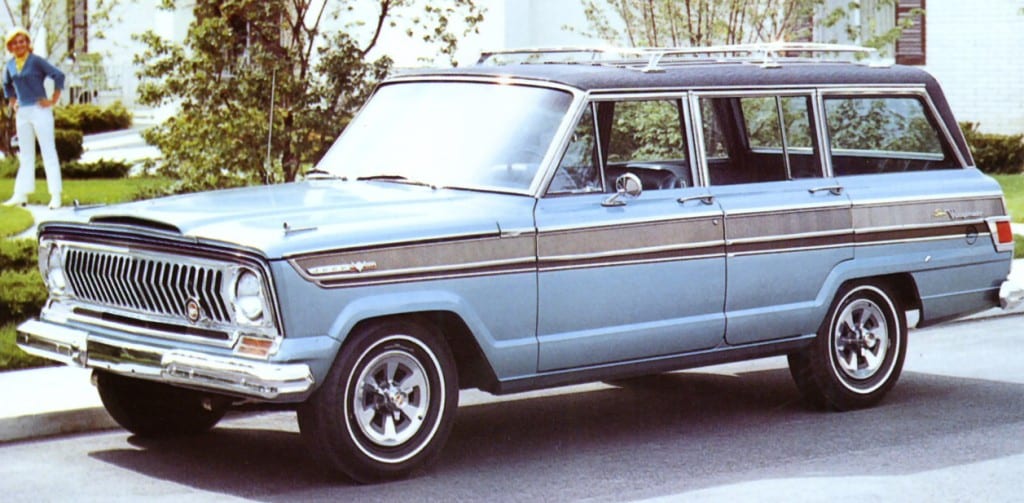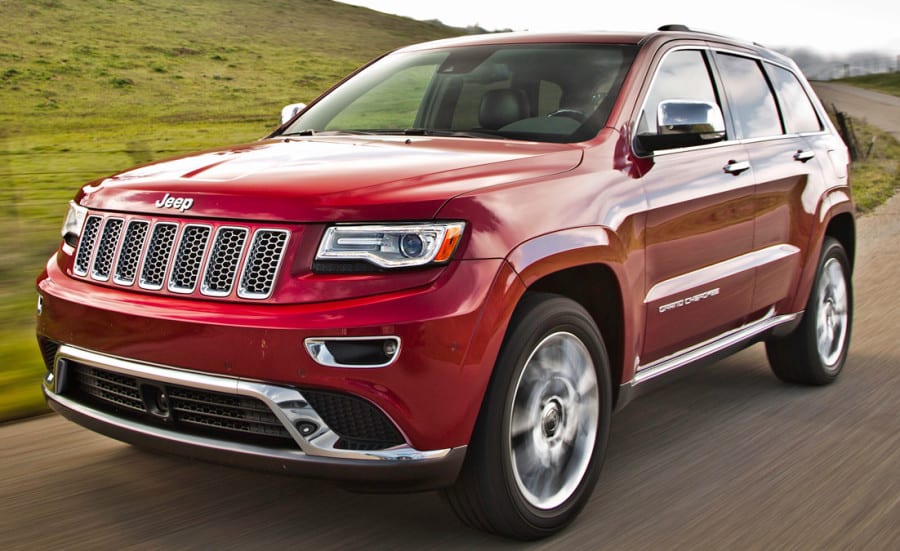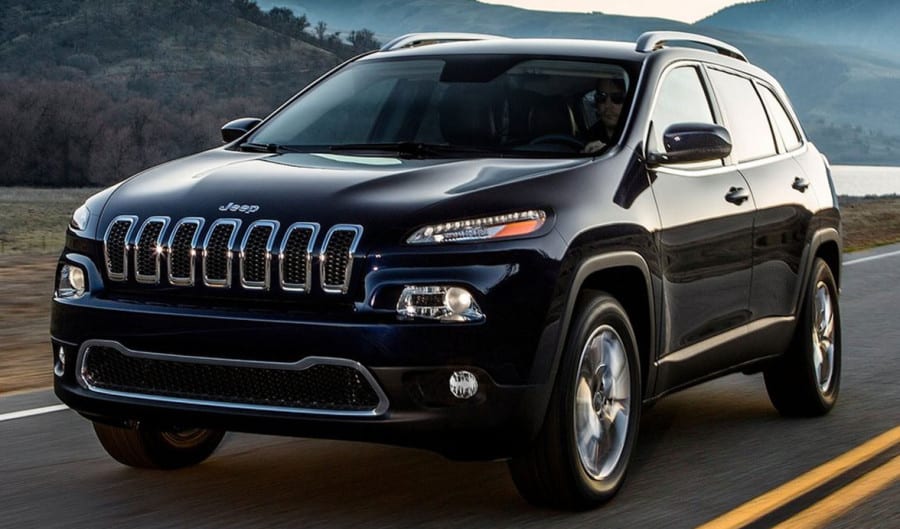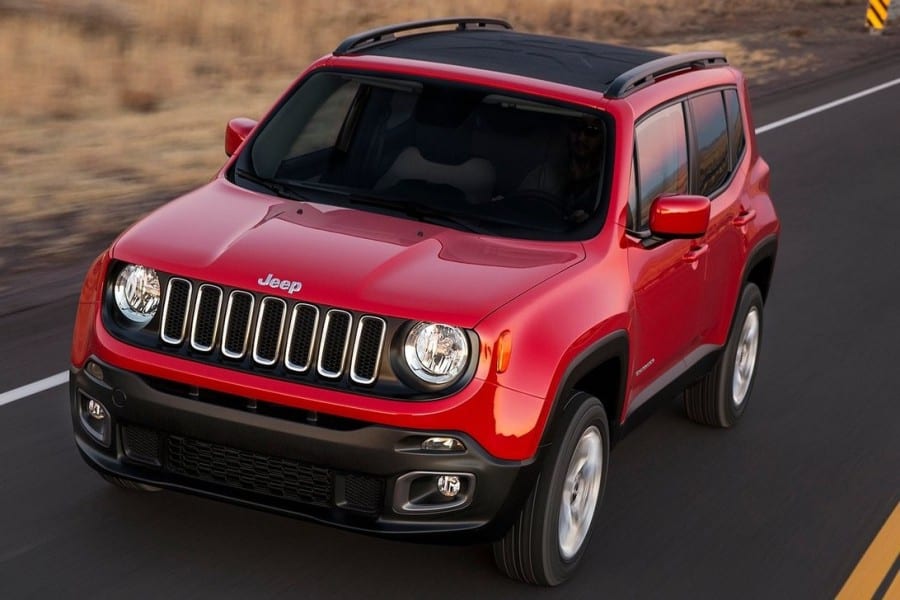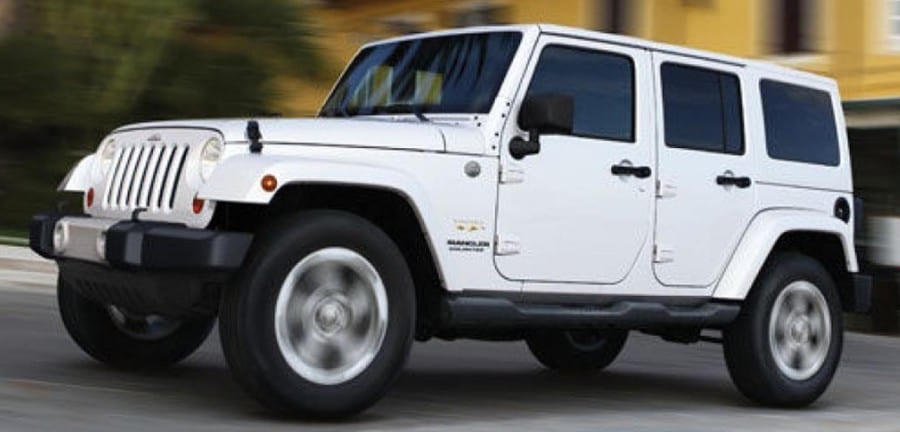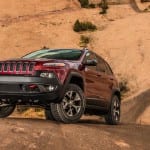Jeeps have been known for their incredible capabilities since World War II when they proved their functionality and reliability on the front lines.
After demonstrating how versatile and dependable they could be, they became even more popular in postwar times, turning into an American favorite.
Last year alone, the Grand Cherokee was named the Most Popular Midsize Traditional SUV by Edmunds, the Cherokee was AutoGuide’s Reader’s Choice Crossover of the year, and the Wrangler earned Kelley Blue Book’s award for Best Resale Value.
While Jeeps have long been recognized for their dynamic performance, fuel-efficiency has not always been their strong point.
But they have steadily developed over time, leading to the excellent fuel economy of the vehicles at your local Jeep dealer today. Take a look at just how far they’ve come.
A Blast from the Past
The first Jeeps date back to the 1940s, but little is recorded about their fuel economy because it wasn’t a concern at the time.
However, one early Jeep that was actually recognized specifically for its efficiency was The Wagoneer, which entered production in 1963.
The full-size wagon was fitted with Jeep’s “Tornado” 3.8-liter 6-cylinder engine which, when paired with an automatic transmission, got 17 miles per gallon on the highway and 14.5 in the city.
The Tornado was acclaimed as one of the most efficient engines available and was used in a variety of Jeep vehicles.
In the ’70s, Jeep models like the 2-door CJ-6 are said to have hovered around 13 and or 14 miles per gallon depending on the engine.
However, when paired with a V8, Jeeps of that era were particularly inefficient, often only managing about 11 miles per gallon.
That number seems shockingly low when you compare it to today’s vehicles, but efficiency just wasn’t as much of a priority back then.
Luckily, with the ’80s, some new developments arrived. The classic CJ8 offered up a combined 18 mpg, putting it several steps above its predecessors in terms of fuel conservation.
But in contrast, larger Jeeps, like the 1985 Jeep Grand Wagoneer, could still only muster a combined 14 mpg. The GW’s engine was paired with a 3-speed automatic then, making it significantly less efficient than today’s models.
By the mid ’90s, the Wrangler, Cherokee, and Grand Cherokee were already the big names on the scene. The Cherokee and its larger counterpart both showed a lot of improvement and were capable of covering 20 miles per gallon on the highway.
The Wrangler also demonstrated better efficiency, though not quite to the same degree. The highest combined rating out of all the possible configurations was 17 mpg.
In the 2000s, the numbers remained fairly steady for the most part. The only exception was the Jeep Liberty (the American title for the Cherokee); it could get an impressive 25 miles per gallon on the highway.
And that set the tone for the rest of the lineup, pushing current models toward the 30 mpg mark through innovative design and engineering.
Just take a look at the models Jeep is offering for 2015. Designed with the latest efficiency-boosting technology available, Jeep vehicles are where grit meets green.
Jeep Grand Cherokee
When it was first introduced in 1993, the Grand Cherokee was nowhere near as efficient as it is today. At best, drivers could manage 20 miles per gallon on the highway if they opted to match the GC’s 4.0-liter 6-cylinder engine with a 5-speed manual.
The automatic transmissions were only 4-speeds, and models equipped with them actually saw lesser fuel economy.
But there have been big changes for the Grand Cherokee in recent years, particularly with the introduction of the EcoDiesel. The GC’s 3.0-liter EcoDiesel engine was named one of the ten best engines available in 2014 by Ward’s.
Paired with an 8-speed automatic transmission, it allows for extremely efficient shift changes that are even further enhanced by the GC’s Eco mode.
The Eco setting adjusts system performance as needed to conserve as much fuel as possible. For a vehicle of its size, the GC’s efficiency is amazing.
The diesel model gets 30 miles per gallon, and it still offers owners the ability to tow up to 7400 pounds. It’s the ultimate choice for utility and a leader when it comes to responsible fuel consumption.
Jeep Cherokee
The Cherokee has also come quite a long way in the last couple decades. Back in 1990, a base model Cherokee with a 2.5-liter 4-cylinder engine and a 5-speed manual transmission only got a max of 22 mpg.
However, the 2014 model arrived with a 9-speed automatic and an EPA rating of 31 mpg on highway.
That’s a huge leap forward considering that the 2012 Jeep Liberty was a 4-speed automatic and got 10 fewer miles per gallon.
In addition, Jeep is also giving its Cherokee V6s an added tool to help them get the best mileage possible. In 2015, V6 models include a built-in Stop-Start system that pushes efficiency up by two miles per gallon, bringing it to a max of 29 on the highway.
When the Cherokee comes to a complete stop, the engine turns off to prevent wasteful idling time. Then, when the driver takes his or her foot off the brake pedal, the engine starts again.
The system is great for everyday driving and helps reduce fuel consumption. It can also be disabled in driving situations when it’s not advantageous.
Jeep’s Urban Renegade
The Renegade, Jeep’s brand new addition to the lineup is an all new kind of utility vehicle. While maintaining the classic looks and impressive capabilities that Jeep is known for, it’s also going to stretch the brand’s definition.
With cutting-edge style, layout, and engineering, the Renegade is a game-changer in the crossover market. And, as if it isn’t irresistible enough, Jeep has told the masses that the Renegade promises to deliver 30 or more miles per gallon on the highway.
While exact numbers have not yet been nailed down, the Renegade’s rumored fuel economy ratings reinforce Jeep’s message that efficiency is a big priority.
Next Gen Jeep Wrangler
In 1980, the Jeep CJ-7 is said to have gotten about 19 miles per gallon if you stuck with the base 2.5-liter engine. However, if you bumped up to the 4.2-liter, efficiency ratings dropped drastically, and you were more likely to average around 14 miles per gallon.
For a long time, off-roading prowess was the only topic of conversation concerning the Wrangler, and efficiency was left off the table.
But now more and more people are using their Wranglers as everyday vehicles, as well as weekend 4x4s. So Jeep is working hard to improve things on the fuel economy front to make the Wrangler more versatile.
A 2015 Wrangler equipped with a 6-speed manual reaches 21 miles per gallon. And the next gen version, expected in 2018, is slated to have lighter weight, aluminum body construction, a smaller turbocharged engine, and an 8-speed automatic transmission.
Though some faithful fans are feeling somewhat wary about the alterations, Jeep has reassured them that the 2018 Wrangler will be their most capable off-roader yet.
